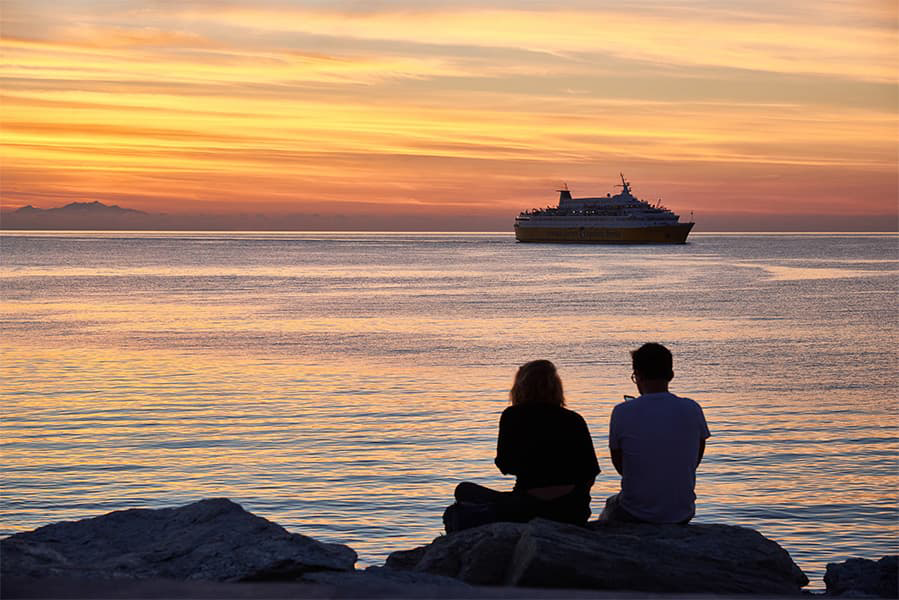Naxos – Fournoi
Ferries to Aegean Islands
Naxos – Fournoi
Ferries to Aegean Islands

The Naxos Fournoi ferry route is currently not sailing. Naxos Fournoi sailing durations and frequency may vary from season to season. View our Deal Finder for alternative routes and compare prices, times and schedules.
More routes than anyone else.

Compare fares, times & routes in one place.
Change plans easily with flexi tickets.

Book e-tickets & manage trips in-app.
Live ship tracking & real-time updates.

Top-rated customer support when you need it.
The Greek island of Naxos is part of the Cyclades group of islands that lie in the Aegean Sea. Naxos City, or Chora, is the island's largest town and capital and is built amphitheatrically on the island's west coast. It is also home to one of the biggest ports in the Aegean Sea. The town is popular with tourists and as a result there are many bars, restaurants and cafes to cater for them. The small island of Palatia, which extends from the mainland of Naxos, is the town's emblem. Located on the small island is Portara, which is a monument resembling a door standing alone, without any walls attached to either side. A visit to Portara is advisable, especially after your swim, whilst the sun is setting.
The island is also well known for its food and for producing the famous Naxian potatoes, wine, Kitron liquor productions and the popular cheese called Graviera. There are many restaurants located throughout the island serving local produce to the many tourists who visit.
From the island's port ferries depart to Piraeus (Athens) and to the other islands in the Cyclades.
Fournoi is a Greek island that lies in the north Aegean Sea and is situated between the islands of Ikaria, Samos and Patmos. The island's long history is evidenced by the many ancient finds that are dotted around the island that date back to the Ionians, Classical and Hellenistic times. Included in the finds are the cyclopean Wall with signs of an Acropolis on the Hill of Ai Giorgis, the ruins of the ancient temple at Kamari and the remains of homes on the sea bed, the shrine of Poseidon at Agia Triada in Chryssomilia. The island's many hidden beaches and small inlets was a haven for pirates during the Middle Ages as their ships could be easily hidden. In fact, at one point the island was named "Corseoi Island" after Corsairs (pirates).
The island's main village is Campos and has a number of tavernas, patisseries, shops selling traditional products and bakeries (fournoi in Greek) to greet visitors.